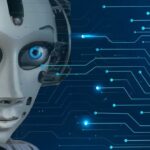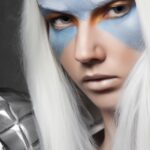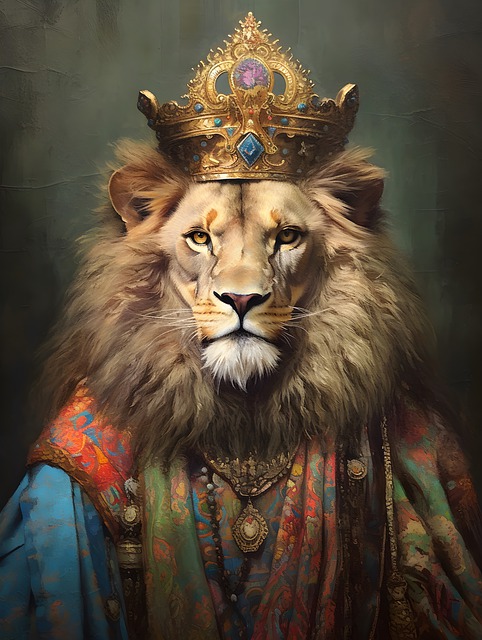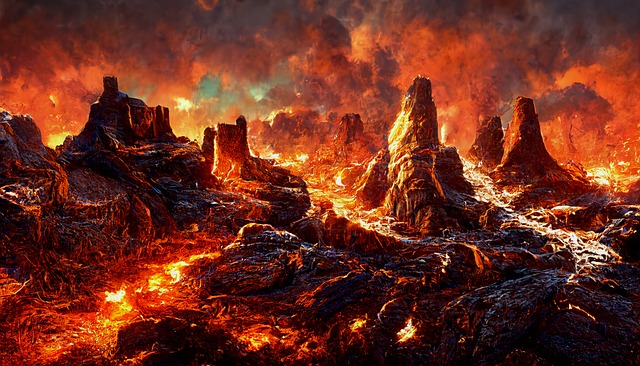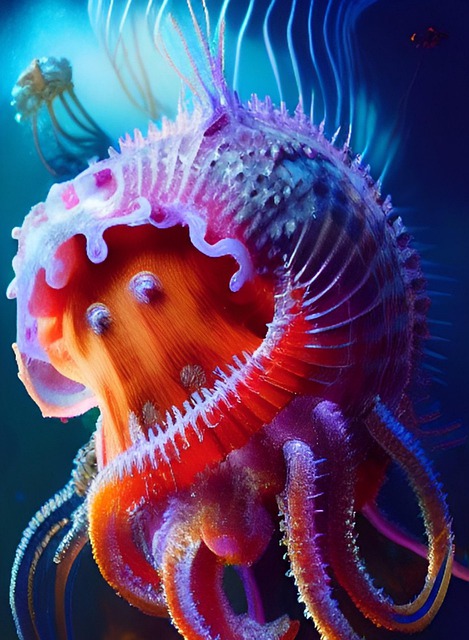Section 1: The Rise of Artificial Intelligence in the Creative Industry
Over the past few decades, the field of Artificial Intelligence (AI) has seen tremendous growth and development. From self-driving cars to virtual assistants, AI has become an integral part of our daily lives. But what many may not realize is the impact AI is having on the creative industry. With the ability to learn, adapt, and generate new ideas, AI is redefining creativity and innovation in ways we never thought possible.
One of the most significant developments in AI is its ability to create art. In 2018, a painting created by an AI algorithm was sold at an auction for a staggering $432,500. This event sparked a debate among artists, critics, and the general public about the role of AI in the art world. Some argue that AI cannot be considered an artist as it lacks the human emotion and experience that goes into creating art. However, others believe that AI has the potential to push the boundaries of creativity and bring a new perspective to the art world.
Section 2: The Art of AI: How Machines Learn to Create
So, how exactly does AI create art? The process begins with a dataset, which can be anything from images, music, or text. The AI algorithm then analyzes the data, identifying patterns and connections. Based on this analysis, the algorithm generates new content, mimicking the style and techniques of the dataset. This process is known as machine learning, where the AI algorithm learns and improves with each iteration.
One of the most famous examples of AI art is the work of the French collective Obvious. They created a portrait of a fictional character named Edmond de Belamy using a Generative Adversarial Network (GAN). GANs are a type of AI algorithm that pits two neural networks against each other, one to generate new content and the other to critique it. The result is a unique piece of art that is both eerie and captivating. This process of using GANs to create art has been coined as “GANism” and has opened up a whole new world of possibilities for AI in the creative industry.
Section 3: Redefining Creativity and Innovation with AI
The use of AI in the creative industry is not limited to just art. It is also being utilized in fields such as music, fashion, and film. In music, AI algorithms are being used to compose new pieces, analyze and improve existing music, and even create virtual bands. In fashion, AI is helping designers come up with new and innovative designs by analyzing trends and customer preferences. And in film, AI is being used to generate realistic special effects and even create entire scenes.
But what does this mean for human creativity? Will AI replace human artists, designers, and filmmakers? The answer is no. While AI may be able to generate new content, it cannot replace the human touch and emotion that goes into creating art. What AI can do is complement human creativity and push it to new heights. By taking over mundane and repetitive tasks, AI frees up human artists to focus on the more creative and innovative aspects of their work.
Furthermore, AI has the potential to bring diversity and inclusivity to the creative industry. By analyzing vast amounts of data, AI can identify patterns and trends that humans may not have noticed. This can lead to the creation of art that represents a more diverse range of perspectives and experiences.
Conclusion
In conclusion, the use of AI in the creative industry is not something to be feared but embraced. It is redefining what it means to be creative and pushing the boundaries of innovation. While there may be concerns about AI taking over human jobs, it is essential to remember that AI is a tool that can enhance human creativity, not replace it. As AI continues to evolve and improve, it will be exciting to see how it will shape the future of the creative industry. So, let us embrace the artistry of AI and see where it takes us.




